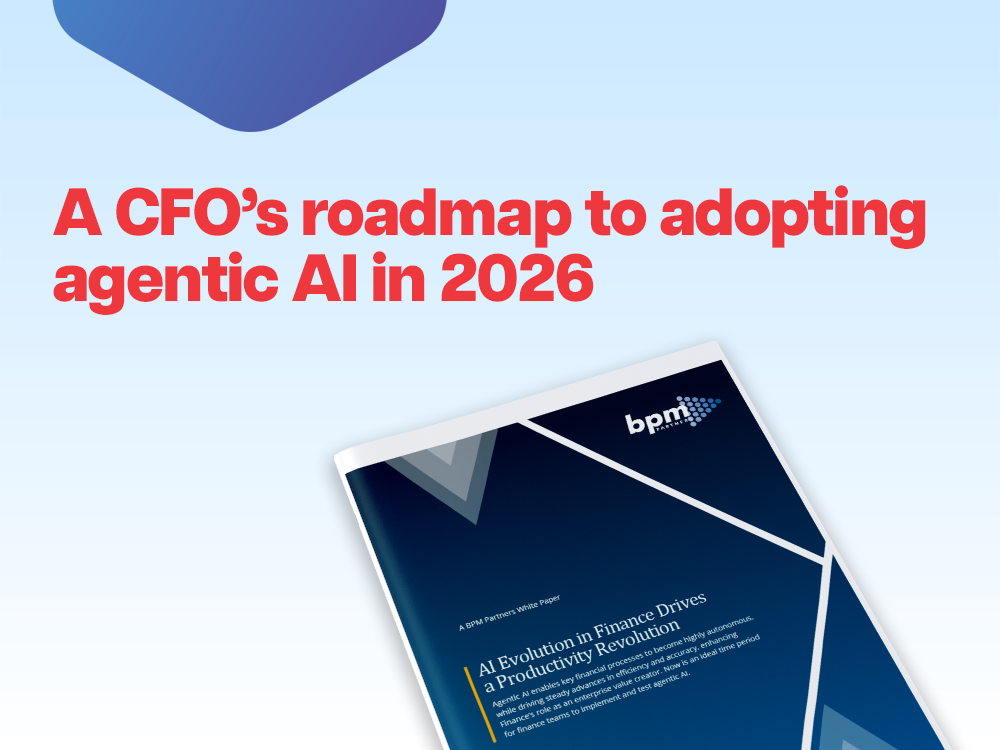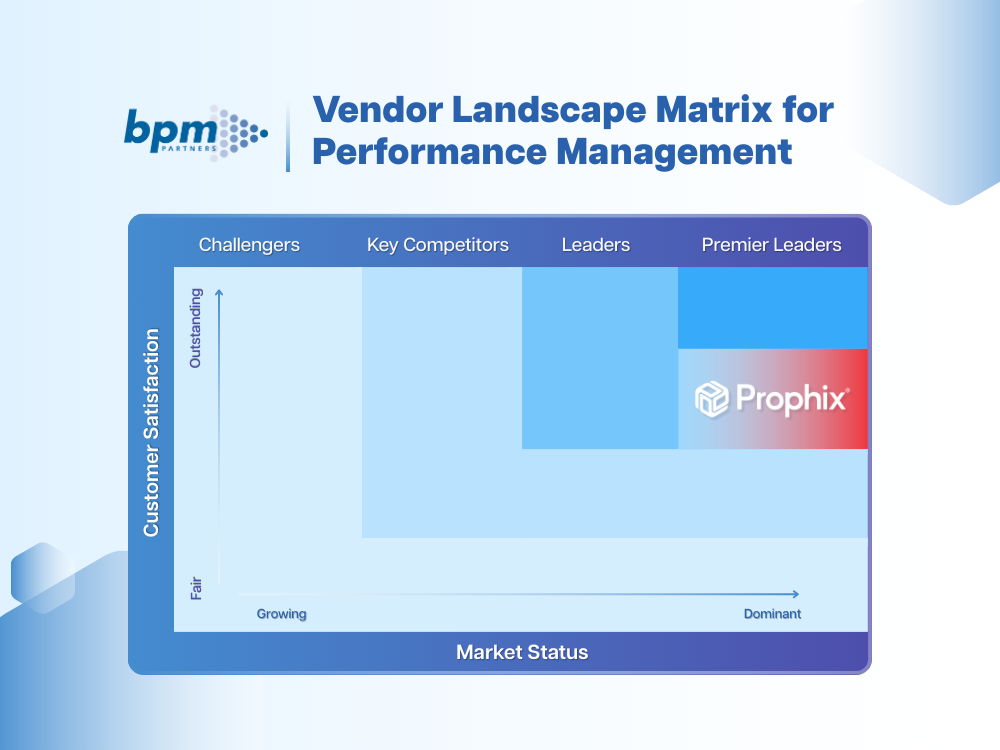Download Analyst Report
What is the financial close process?
Many financial processes are time-intensive and require hours of hard work.
November 13, 2024Imagine if you only took your car to a mechanic when something went wrong. No regular oil changes, no rotating the tires, and no routine maintenance. The state of that vehicle after just a few months would come close to your organization’s finances without a robust financial close process.
When it comes to financial close, a finance team reviews the organization’s books for a specific period, usually monthly, quarterly, or annually. During this review, accounts are reconciled, discrepancies are investigated, cash is counted, and statements are finalized ahead of the next period. A regular financial close process allows organizations to spot problems—like overdue invoices—before they grow into more serious issues. It’s also an essential part of keeping your books accurate, and accurate financials are essential to making more strategic decisions as your organization grows.
Most leaders know the financial close is essential; they just wish it took less effort and cost less. That’s why, according to Gartner, 55% of finance executives hope to achieve a fully-automated close by 2025.
Let’s cover the details of the financial close process, including how to overcome challenges and reach that ideal automated state.
The key steps for the financial close process
In most organizations, the financial close process can easily take a week or longer—ending long after the period being reported on. That’s because there’s a significant amount of work involved, typically broken down into the following steps.
- Record incoming cash: The first step to closing the books is to record any cash flow that came in over the period you’re closing and compare it to open invoices.
- Update accounts payable: This involves ensuring any obligations your organization incurred during the period you’re closing are appropriately reflected in your books—especially if they’ve been paid.
- Reconcile your accounts: With account reconciliation, finance teams compare transactions in their books with secondary sources, like bank statements and receipts. This ensures they were properly credited or debited.
- Review petty cash: It’s easy to lose track of petty cash, which is why it needs to be reviewed in every financial close.
- Review fixed assets: At this stage, you’ll review the value of fixed assets, including depreciation, and how they figure into your financials.
- Review stock and inventory: Making sure your actual inventory matches your books is an important part of the financial close.
- Organize financial statements: As part of the close, you’ll collect necessary statements to get the data you need and start preparing the reports your leaders expect.
- Review expense and revenue accounts: All to create an accurate picture of these essential accounts.
- Validate all data: With data usually coming from multiple sources, validation is an essential step in the financial close process.
- Set the stage for the next period: Finance teams usually spend some time putting order in statements and data sources to streamline their next close.
The biggest challenges in the financial close process
No one will argue that properly closing the books is essential for keeping organizations compliant, financially healthy, and growing steadily. However, the financial close process can be one of the most time-consuming and resource-intensive endeavors for a finance team, causing headaches for all involved. Here are some of the financial close challenges you need to watch out for if you want to reduce those headaches.
1. Irrelevant financial statements
One of the key outputs from your financial close process is financial statements that leaders can use to report to shareholders, evaluate the organization’s financial health, and make decisions that keep things moving in the right direction. But since a financial close can take a notoriously long time, finance teams often find themselves racing against the clock to produce timely, relevant statements. Too often, this feels like an impossible task. Any attempt at accelerating the financial close process is usually spurred by a need for more timely financial statements.
2. Data quality
Financial data can be inconsistent, especially across multiple subsidiaries or locations. Between unpaid invoices, missing updates, and incorrect currency conversions, not all the data you get for your financial close will be high-quality. This can create extra work for your team as they process, clean, and follow up on poor-quality data.
3. Disparate teams
Once your organization reaches a certain size, you will likely have to work with remote teams —even in different time zones. This can make collaboration a lot trickier. Meetings must be held at times that may be inconvenient for some, days can be lost as important files are sent at the end of the day for one team but the middle of the night for another, and getting everyone on the same page is a lot tougher when you can’t bring them all together in the same room.
4. Mismatched systems
Whether your organization has multiple locations or subsidiaries, your financial close process will involve multiple systems that may not integrate well with each other. Some teams might use manually updated spreadsheets to track orders, while others handle everything with advanced accounting software. With each financial system being completely different, translating all that data into something usable lengthens your financial close process.
5. Human error
All financial processes—especially those that rely on manual inputs—can be fraught with errors. Data entry mistakes and typos can insert irregularities in your financial data that may go unnoticed until it’s time for your financial close. The team handling the close then must be vigilant enough to spot these errors as they work. They’ll also spend precious time following up on mis-entered amounts with the right people to fix them.
6. Proper resourcing
Like many processes that involve the finance team, it’s too easy to not think about financial close and reporting until the 11th hour. This can lead to overworked teams with not enough time to close the books effectively or the right software to work efficiently. While some leaders may think of these processes as little more than a box to be checked, the Office of the CFO knows just how crucial they are for the organization. This can lead to a tug-of-war as finance leaders try to get more resources for their teams that other leaders aren’t always willing to provide.
Get your 3-step blueprint for a smarter, faster financial close.
Accurate and fast financial close processes with Prophix
The financial close process is essential to your organization’s financial health, and you shouldn’t have to deal with the challenges that typically come with it. By leveraging a financial performance platform like Prophix One, you can get all the benefits of an accurate, automated financial close without the downsides of a traditional close.
Here’s what Prophix One can do for your financial close.
Timely and accurate finance statements to leaders
“Prophix allows us to think about what the numbers are telling us rather than spending all our time entering data.” - Jennie Robison, Vice President Controller, Kajima Building & Design Group
Consolidation-level improvements
Consolidating data from multiple entities can be tough, but there are ways you can improve this aspect of your process as well by reworking the way it happens at the organizational level:
- Standardize your chart of accounts across the organization by considering all parameters required for consolidation and group reporting.
- Streamline organizational structure (e.g., shuttering or merging dormant companies).
- Set strict materiality guidelines with the agreement of auditors.
When it comes to financial consolidation—often a requirement for public companies—there are several improvements you can make as well:
- Use a platform that centralizes essential financial data.
- Leverage automation for multi-currency translations and sub-consolidation.
- Create an audit trail to simplify future consolidations (and ensure compliance).
Technical improvements
If the entities involved in your financial close
process are still using spreadsheets for most of their work, you can make technical improvements by automating:
- Controls, from entity submissions to the consolidation level, with validation rules
- Reconciliations for intercompany balances and transactions
- Financial and management reporting
- Currency conversion
- Eliminations and adjustments
You can also use a financial performance platform that automatically monitors workflow, status, and validation results.
Prophix in action: Close your books 56% faster
Finance leaders dream of an automated close, but few know the path to achieving it. With Prophix One, you don’t have to reinvent the wheel; you just need to put an engine behind it.
Health Connect America provides mental and behavioral healthcare services across the United States, and used to rely on a disorganized, Excel-heavy financial close process. Their fastest financial close took them nearly a full workweek, which just didn’t cut it. After they started using Prophix One, they cut their month-end close to two days, a 56% improvement.
And they aren’t alone.
When your next financial close always feels like it’s right around the corner, you shouldn’t have to dread diving into your books.
Automate your financial close process with Prophix. Curious how it works?
Insights for next-gen finance leaders
Stay ahead with actionable finance strategies, tips, news, and trends.






